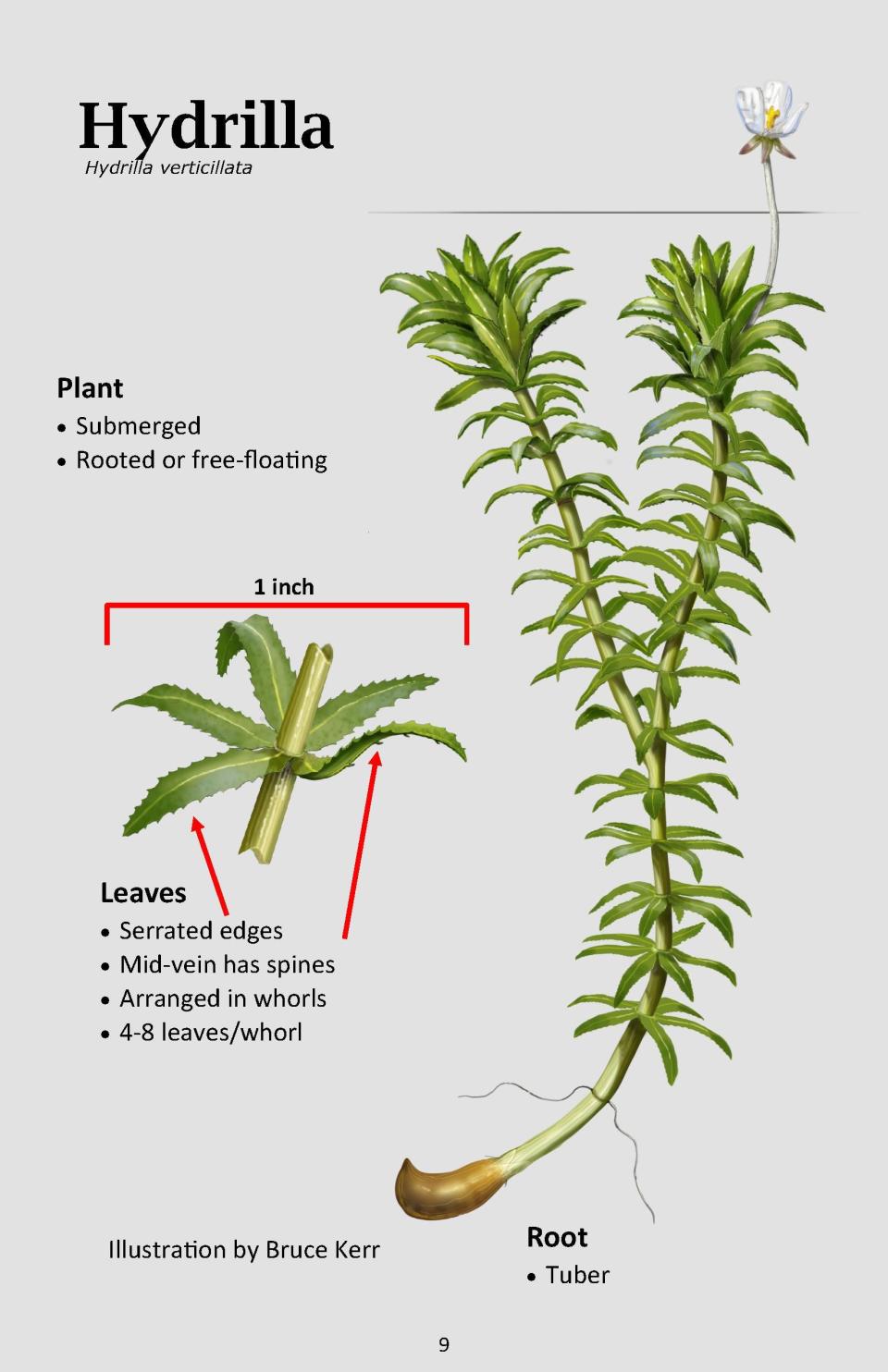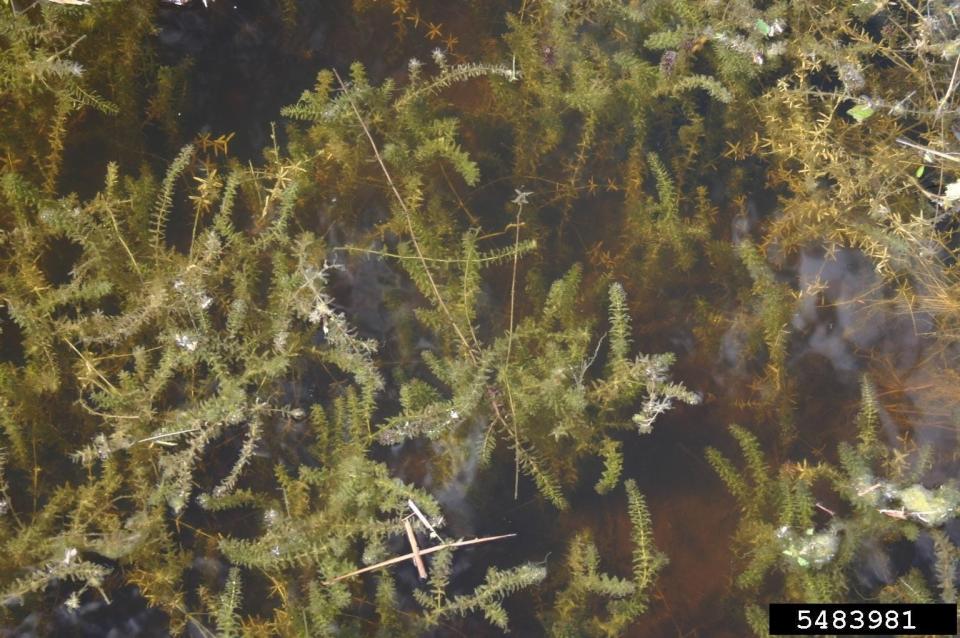One of 'world's most invasive aquatic plants' found in Berrien Springs. First in Michigan.
Calling it “one of the world's most invasive aquatic plants,” state officials say they’ve found hydrilla verticillata for the first time in Michigan, and it’s in private ponds in Berrien Springs.
The plant grows rapidly and chokes off native plants, creating a dense vegetation that also impedes boaters’ access, according to the Michigan Department of Natural Resources. Worse yet, new plants can develop from root tubers, buds or even small fragments that can drift in the water. That makes it easy for them to attach themselves onto ornamental plants that are sold for water gardens. And it’s hard to eradicate with herbicides because tubers can remain in the sediment for years.
The Department of Environment, Great Lakes and Energy recently confirmed two small populations of hydrilla verticillata in adjacent private ponds on residential properties.

“It’s not clear how either plant made its way to this pond, but seeds or fragments of the invasive plants may have been attached to ornamental plants installed in past years,” Bill Keiper, EGLE aquatic biologist, said. “Sediment core samples of the pond and genetic analysis of the plant material are planned to help determine how long the hydrilla has been here and where in the U.S. it might have originated.”
It was found after treating the pond for another invasive plant, parrot feather, that was discovered there in 2020.
Both are prohibited in Michigan, meaning that it's unlawful to sell, possess or import them. And both are on Michigan’s invasive species watch list.
Sept. 6, 2023: Beauty vs. beast? What urban river parks need to do to help native plants thrive.
Officials said EGLE is surveying for hydrilla in connected ponds, a receiving stream and the St. Joseph River and applying herbicide in the ponds.
Hydrilla’s native range is central Africa. Michigan DNR said it was introduced in Florida in the 1950s. Then a separate strain appeared in 1976 and has been making its way through several Atlantic and Great Lakes states.

It appears in all kinds of waterways and typically roots itself in sediment in up to 25 feet of water, with long leafy stems below water. Its long, slender stems float near the water’s surface with bright green leaves about 5/8 of an inch long and small teeth on the edges. It has tiny floating white flowers in late summer to fall.
But the plant’s long stems may look like common native and invasive aquatic plants in Michigan, like native elodea, mare’s tail and Brazilian elodea, the DNR said. What’s different is the number of leaves per whorl and smooth versus serrated leaf edges.
Officials ask the public to report any suspicious plants, including photos, by email to EGLE-WRD-AIP@Michigan.gov/. Learn more about identifying invasive aquatic plants at Michigan.gov/Invasives.
Find columnist Joseph Dits on Facebook at SBTOutdoorAdventures or 574-235-6158 or jdits@sbtinfo.com.
This article originally appeared on South Bend Tribune: Invasive aquatic plant hydrilla found in Berrien Springs Michigan

